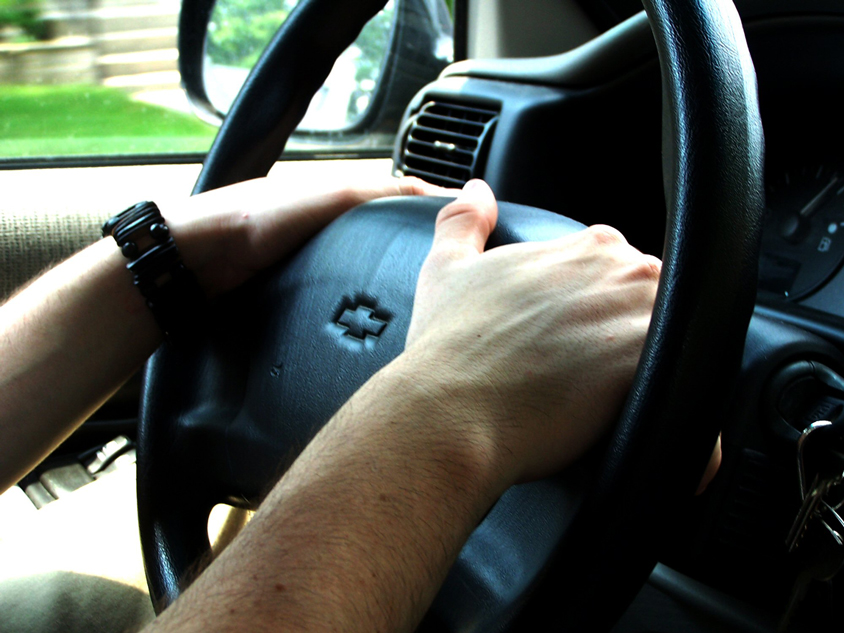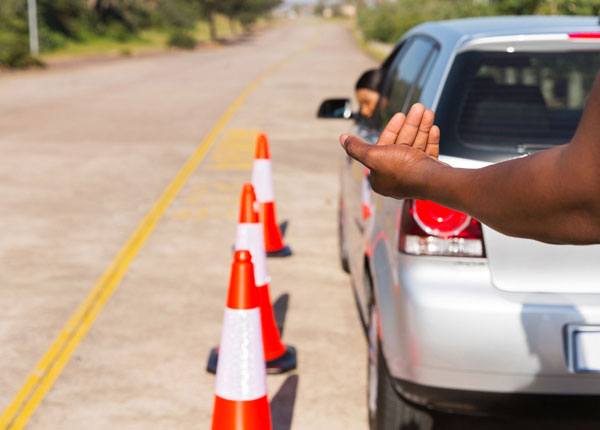
Pre-drive Checklist - Your Everyday Routine
Updated Oct. 26, 2020Before you set off on any journey it is a good idea to work through the pre-drive checklist. We are not suggesting that you use this checklist every time you hop into the driver’s seat for the rest of your life! Though, it is important while driving is still new to you. Working through the pre-drive checklist ensures that you and your vehicle are fit and ready for the journey ahead. It will include checking behind the vehicle for animals, children and other obstacles, making sure your seat belt is secure and making all necessary adjustment to your seat and mirrors.
This is the same pre-drive checklist used by the DMV when conducting practical driving exams. It is essential that you make working through the checklist a part of your regular driving routine before the final practical exam comes around. Otherwise, there is no way you will remember every point on the list while under pressure. Miss too many items from the pre-drive checklist and you will fail the driving test before it has even properly begun.
Working through this pre-drive checklist every time you get behind the wheel will help you commit every point to memory and begin your practical exam as you mean to go on!
Know your way around the vehicle
If you are unfamiliar with this vehicle, make sure you know where all essential switches and controls are before setting off on your journey. Many of these important features may not be covered in the pre-drive checklist and you do not want to have to search for them while you’re driving.
Check that you can locate the following:
- Headlights
- Hazard lights
- Windshield wipers
- Turn signals
- Horn
- Window controls
With that out of the way, let’s move on to the pre-drive checklist.
Outside the vehicle
As you might expect, the pre-drive checklist begins before you set foot inside the vehicle.
- 1

Walk around the car once and check for animals, children and objects obstructing your path at the front and rear. You will not be able to check for these things from the driver’s seat with the hood and trunk obstructing your view.
- 2

Check out the headlights, taillights, brake lights, windshield and windows. They must be reasonably clean. Dirt or grime on the windshield is a serious problem as it will adversely affect your visibility while driving, particularly in sunny conditions where glare is a risk.
- 3

Look to see if any of the tires appear deflated or are visibly damaged. Accurate tire pressure checks should be conducted once a month; visual inspections alone are not enough.
- 4

Finally, check out underneath the vehicle to see if fluid is leaking anywhere.




With the above points checked off and no obvious problems noted, you are all set to get into the driver’s seat – but not ready to head off just yet!
Making necessary adjustments
Your first task when getting into the vehicle is making sure that the driver’s seat is in the correct position. Usually, the controls which allow you to adjust the position are located on the left side of the seat. The controls will be mechanical in some cars and electric in others.
- 1

Adjust your seat so that you can reach all the pedals and controls comfortably, without being inside the operating zone of the airbag. Most airbags require ten inches of space when fully open. If you sit too close to the deployment site of the airbag (in the dashboard or steering wheel) you may be injured when it opens.
- 2

Next, adjust your rear-view mirror. It must be positioned to align the center of the mirror with the center of the rear window.
- 3

Adjust the side-view mirrors. This is not quite so straightforward and there is some debate over the optimal position. Traditional positioning dictates that you adjust the side mirror so that the rear door handle is visible in the bottom inside corner of the mirror. This works well for new drivers as it gives an idea of where the vehicle sits in relation to its surroundings. Unfortunately, it also makes blind spots larger than necessary.
You can decrease your side blind spots by positioning the side mirrors as per the above technique, then shifting them slightly outward so that the sides of the vehicle disappear from view. Of course, this will make it harder to know where the vehicle is in relation to what you can see in the side mirrors. - 4

Your last task will be adjusting your seat belt. Positioning your seat belt incorrectly could result in injury in the event of an accident. The upper strap should sit diagonally across the chest, while the lower strap must cross the upper thigh area, not the stomach. Ensure the seat belt lies flat against your body and is not twisted.



Now that each of these steps has been completed, you are all set to turn the key in the ignition and begin your journey. Have fun – and a safe trip!




